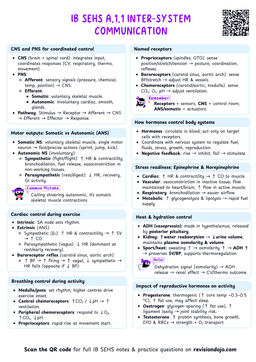The Self-Determination Continuum of Motivation
Motivation
Motivation can be defined as the drive to take part and persist in an activity, it is a significant factor related to sports adherence.
- Motivation exists on a continuum, ranging from amotivation (no motivation) to controlled motivation (extrinsic) to autonomous motivation (intrinsic).
- This continuum helps us understand why people engage in activities and how their motivation affects their behavior and well-being.
Think of motivation as a spectrum of light. At one end, there's darkness (amotivation), where no action occurs. In the middle, there are shades of gray (controlled motivation), where actions are driven by external factors. At the other end, there's bright light (autonomous motivation), where actions are fueled by internal desires and joy.
Amotivation: The Absence of Motivation
Amotivation
Amotivation is a state where a person lacks the desire or intention to act.
- It occurs when there is no perceived connection between effort and reward.
Causes of Amotivation
- Lack of Competence: Feeling incapable of success.
- Lack of Value: Seeing no personal relevance in the activity.
- Lack of Control: Believing outcomes are beyond one's influence.
Emma has no interest in exercise because she doesn't see how it benefits her. As a result, she avoids physical activity altogether.
NoteDon't confuse amotivation with laziness. Amotivation is often rooted in deeper psychological factors like a lack of perceived competence or value.
Controlled Motivation: Extrinsic Motivation
Controlled Motivation
Controlled motivation is driven by external factors, such as rewards or pressures.
- It is extrinsic because the activity is a means to an end, not an end in itself.
Types of Controlled Motivation
- Extrinsic Regulation: Actions are driven by external rewards or punishments.
- Introjected Regulation: Actions are driven by internal pressures, like guilt or obligation.
Extrinsic Regulation:
- Exercising because a doctor advised it to improve health.
Introjected Regulation:
- Participating in a sport to avoid disappointing parents.
Controlled motivation can be effective in the short term, but it often leads to anxiety and burnout if not supported by more autonomous forms of motivation.
Autonomous Motivation: Intrinsic and Integrated Motivation
Autonomous Motivation
Autonomous motivation is when someone engages in an activity because they believe it's in line with their own goals and values. It's a self-determined behavior that comes from within the person
- It includes both intrinsic motivation (doing something for its own sake) and integrated regulation (aligning activities with personal values).


